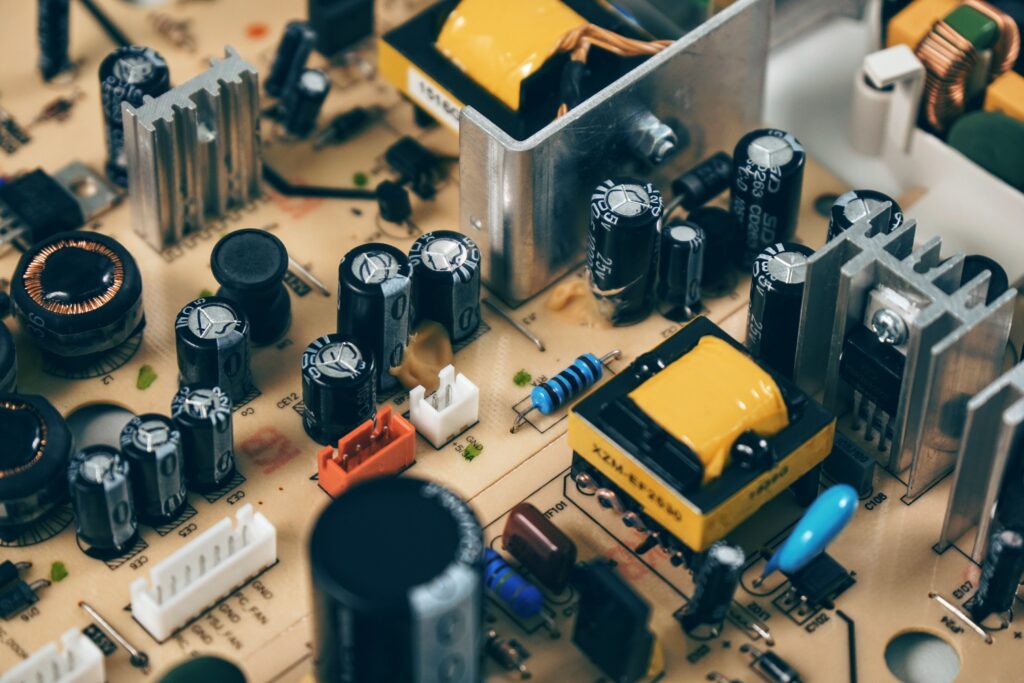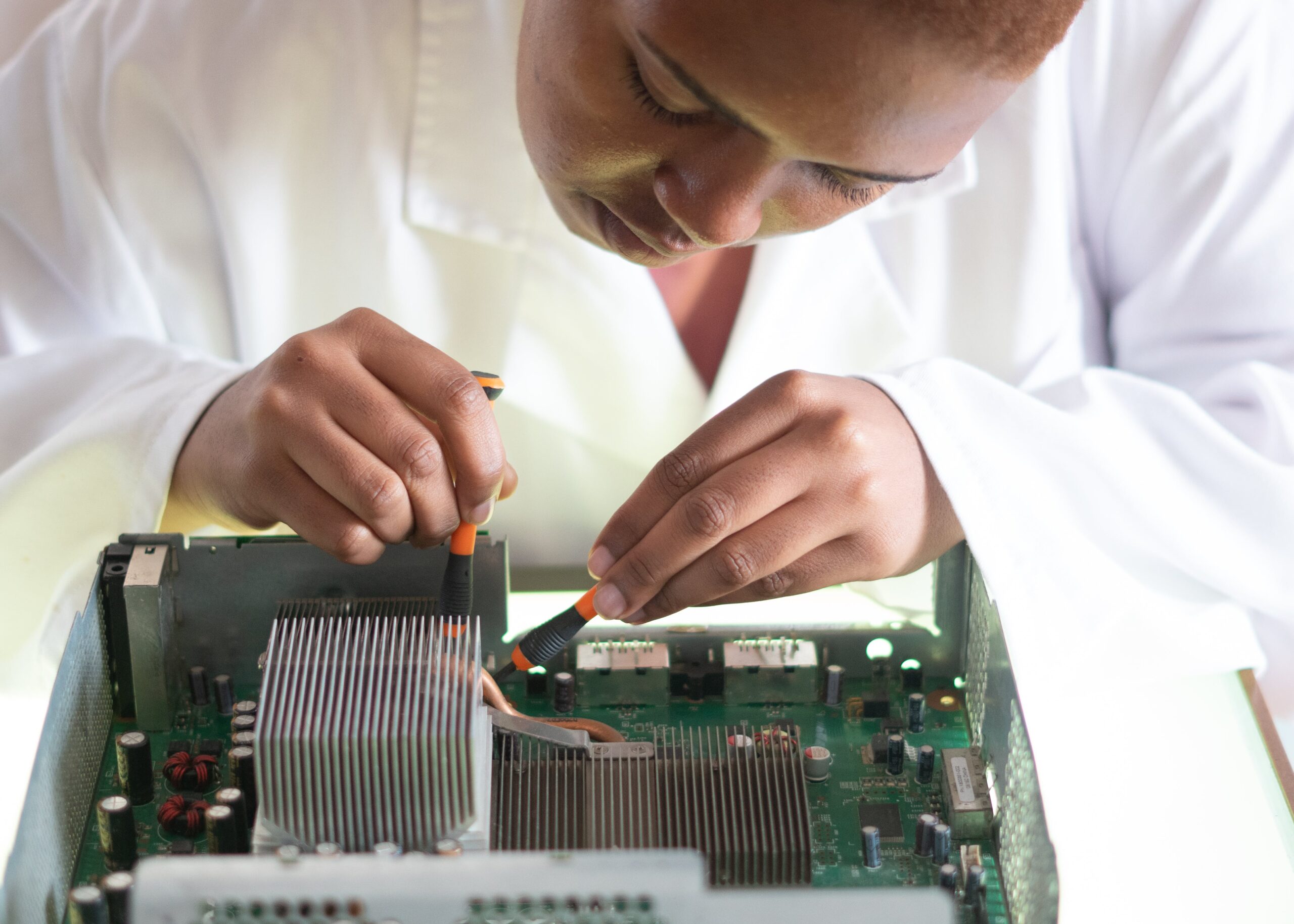How Semiconductors work: Pioneers of Modern Technology
In today’s technological landscape, semiconductors quietly reign supreme, serving as the unsung heroes powering an extensive array of electronic devices, driving innovation, and revolutionizing industries. These tiny components pack an enormous punch, forming the foundation upon which the digital era stands.
Understanding Semiconductors
Semiconductors are materials characterized by their unique electrical properties, residing between conductors (such as metals) and insulators (like rubber or glass). The most commonly employed semiconductor material is silicon, renowned for its abundance, stability, and reliability.

how Semiconductors work – The Working Mechanism of Semiconductors
At the core of a semiconductor’s functionality lies its atomic structure. In its pure form, semiconductor materials possess a crystalline structure with atoms arranged in a precise pattern. Introduction of impurities, known as dopants, alters the semiconductor’s electrical properties through a process called doping. This modification creates “n-type” (excess of electrons) or “p-type” (deficit of electrons) semiconductor materials. explained in detail below on how Semiconductors work
1. Electronic Components and Integrated Circuits
Semiconductors form the backbone of modern electronics. Integrated circuits (ICs) or microchips, composed of layers of semiconductor materials, power computers, smartphones, and an extensive array of electronic devices. These chips host transistors, serving as switches or amplifiers, facilitating electrical current flow and data processing.
2. Solar Energy Harnessing
Semiconductors play a pivotal role in capturing solar energy. Photovoltaic cells, predominantly made from silicon-based semiconductors, convert sunlight into electricity. Advances in semiconductor technology have bolstered the efficiency and affordability of solar panels, driving the adoption of renewable energy sources.
3. Light-Emitting Diodes (LEDs)
Leveraging semiconductor materials, LEDs emit light when an electric current passes through them. Renowned for their energy efficiency, these light sources are prevalent in lighting solutions, displays (like TVs and smartphones), and automotive lighting, owing to their durability and low energy consumption.

4. Sensing and Detection Technologies
Semiconductors enable the creation of diverse sensors and detectors, including temperature sensors, pressure sensors, and image sensors used in cameras and smartphones. These devices capitalize on the distinctive electrical properties of semiconductors to detect and measure specific physical parameters.
Future Innovations and Advancements
The realm of semiconductor technology is in a perpetual state of evolution. Researchers are exploring novel materials like gallium nitride (GaN) and silicon carbide (SiC) to develop semiconductors with heightened efficiency, enhanced power capabilities, and improved thermal management. These advancements hold the promise of faster computing, more efficient energy utilization, and further miniaturization of devices.
Closing Reflections
Semiconductors, with their extraordinary electrical properties, have profoundly reshaped our lives and technological landscape. Their ubiquitous presence in electronics, renewable energy, lighting, and sensing underlines their indispensable role in shaping our modern world. As research continues to push the boundaries of semiconductor technology, the future beckons with the prospect of even more groundbreaking innovations and advancements.
also read related article




Post Comment